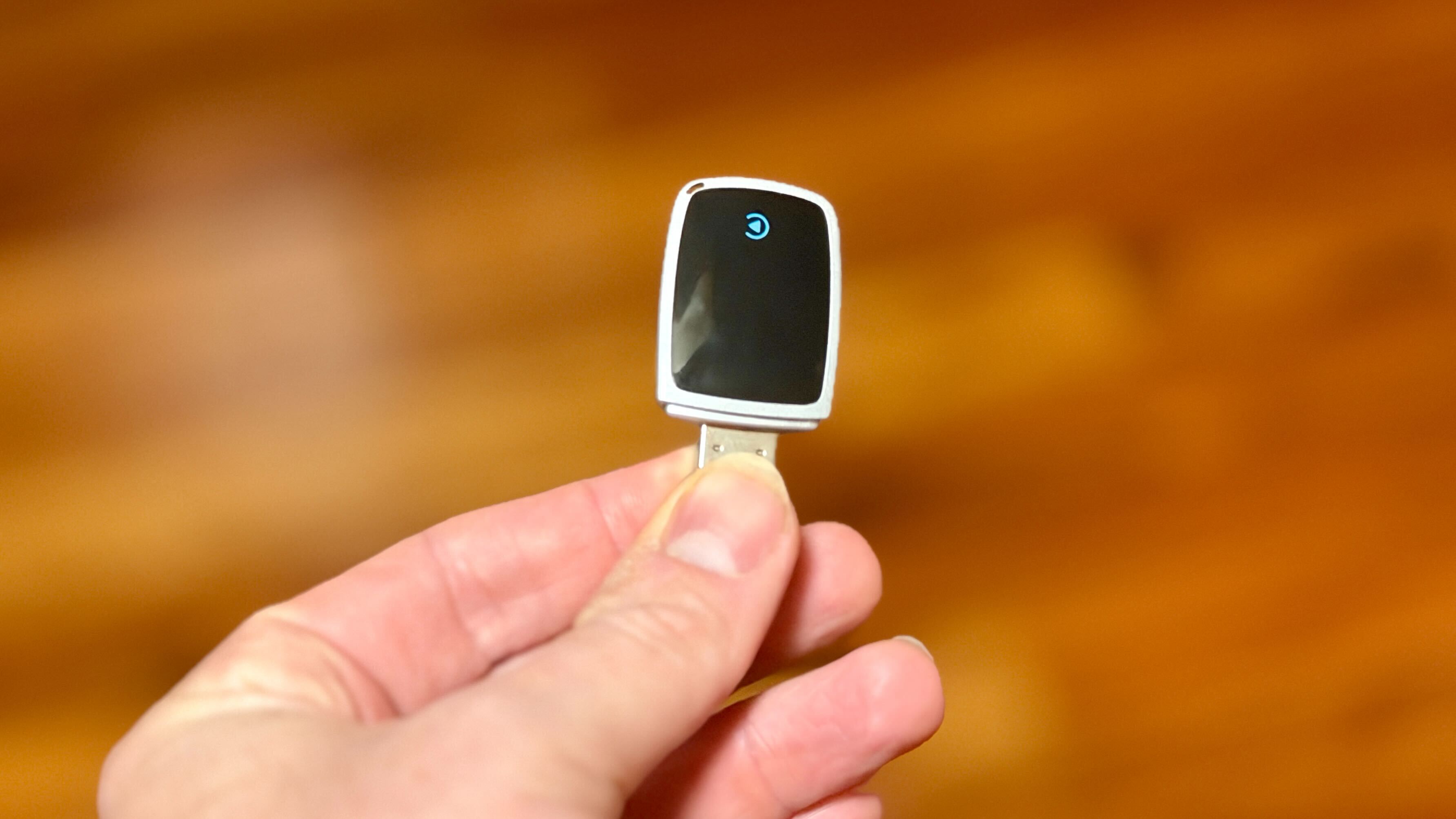The iPhone 17 Air can blow Samsung's Galaxy S25 Edge out of the water — here's how
Battery life will tell the tale
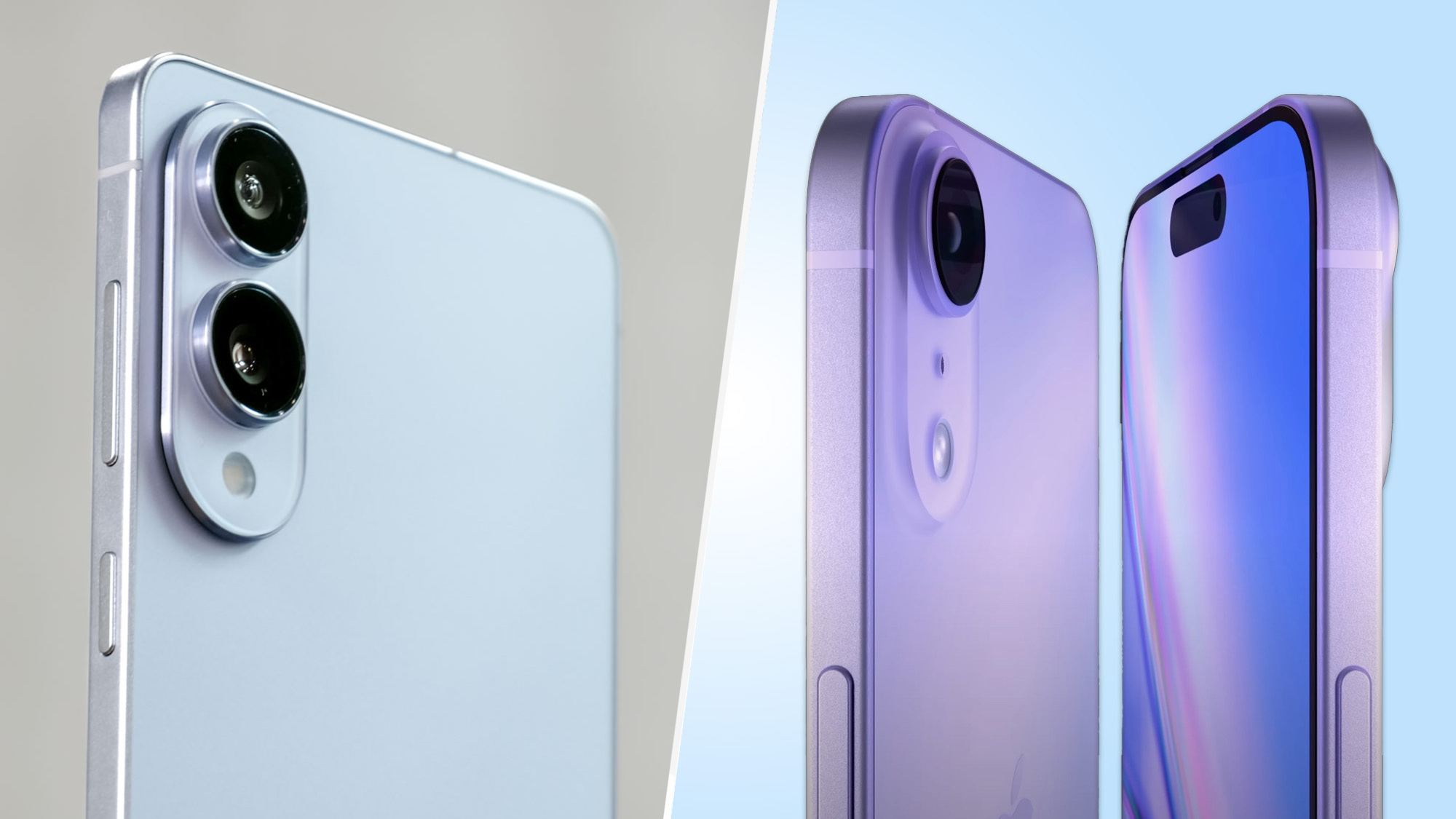
Samsung rightly made a splash with the Galaxy S25 Edge earlier this year, delivering a sleek device that doesn't skimp on the Galaxy AI features you'd expect from the phone maker's premium handsets. The Edge is super thin, ridiculously light and delivers impressive performance, particularly from its camera setup.
And it also leaves a big opportunity for the iPhone 17 Air to come along and blow it out of the water when Apple's version of an ultra-thin phone shows up later this year.
The iPhone 17 Air is rumored to be joining the iPhone 17 lineup, Apple's annual refresh of its smartphone offerings that will most likely show up in September. If Apple sticks to that expected iPhone 17 release date, it will mean that the Galaxy S25 Edge has had a four-month head start over its slender rival out of Cupertino.
And that may not matter. After all, this wouldn't be the first time that Apple has let someone else come out with a product first to establish consumer interest, only to then follow up with its own offering that brushes aside the competition. That's the entire story of the iPhone, which was hardly the first smartphone but certainly the first one to enjoy widescale acceptance.
Can history repeat itself with the iPhone 17 Air and the demand for impossibly thin smartphones? I think so, if Apple recognizes the areas where the Galaxy S25 Edge comes up short and delivers on this with its own handset.
What the Galaxy S25 Edge gets right
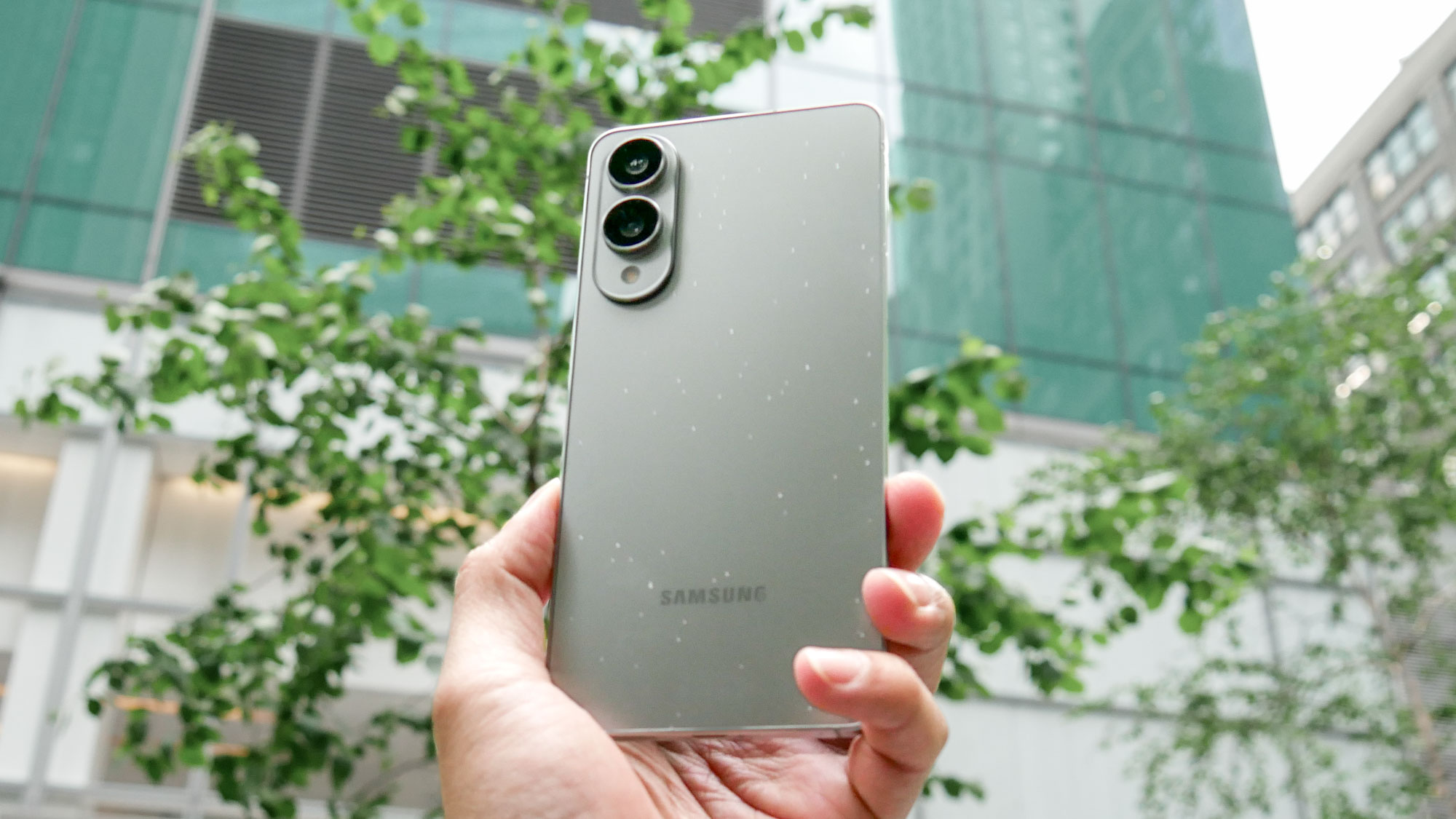
Samsung certainly got a lot right with the Galaxy S25 Edge, which turned out to be as thin as advertised without making too many sacrifices in the name of a more slender frame. (Well, there's one pretty big sacrifice, but we'll get to that in a moment.)
At 5.8mm at its thinnest point, you can set down the Edge next to just about any phone and see how substantially thinner Samsung's phone is.
Get instant access to breaking news, the hottest reviews, great deals and helpful tips.
It may be slender and light at 5.75 ounces, but the Edge doesn't feel insubstantial or like it's going to snap in two at the slightest bit of pressure. In his Galaxy S25 Edge review, my colleague John Velasco praised how solid and durable the phone feels when you're holding it.
There are other strong points to consider as well. A Snapdragon 8 Elite chipset means the Galaxy S25 Edge can hold its own against any available phone. The Edge also benefits from the same Galaxy AI features available on other Samsung flagships. And though the S25 Edge may lack a dedicated telephoto lens, the 50MP main camera produces some excellent shots, particularly in low-light.
Apple doesn't have to beat the Edge in all of these areas, but it will need to come pretty close. That could prove challenging given the iPhone 17 Air is likely to feature just one rear camera, and not the main lens/ultrawide camera setup featured on the Galaxy S25 Edge.
But the A19 chipset likely to power the iPhone 17 Air should deliver formidable performance in its own right along with Apple Intelligence support. And the iPhone 17 Air is rumored to be 5.65mm thin, which would push it past the Edge in terms of a slender design.
Where the iPhone 17 Air can really win
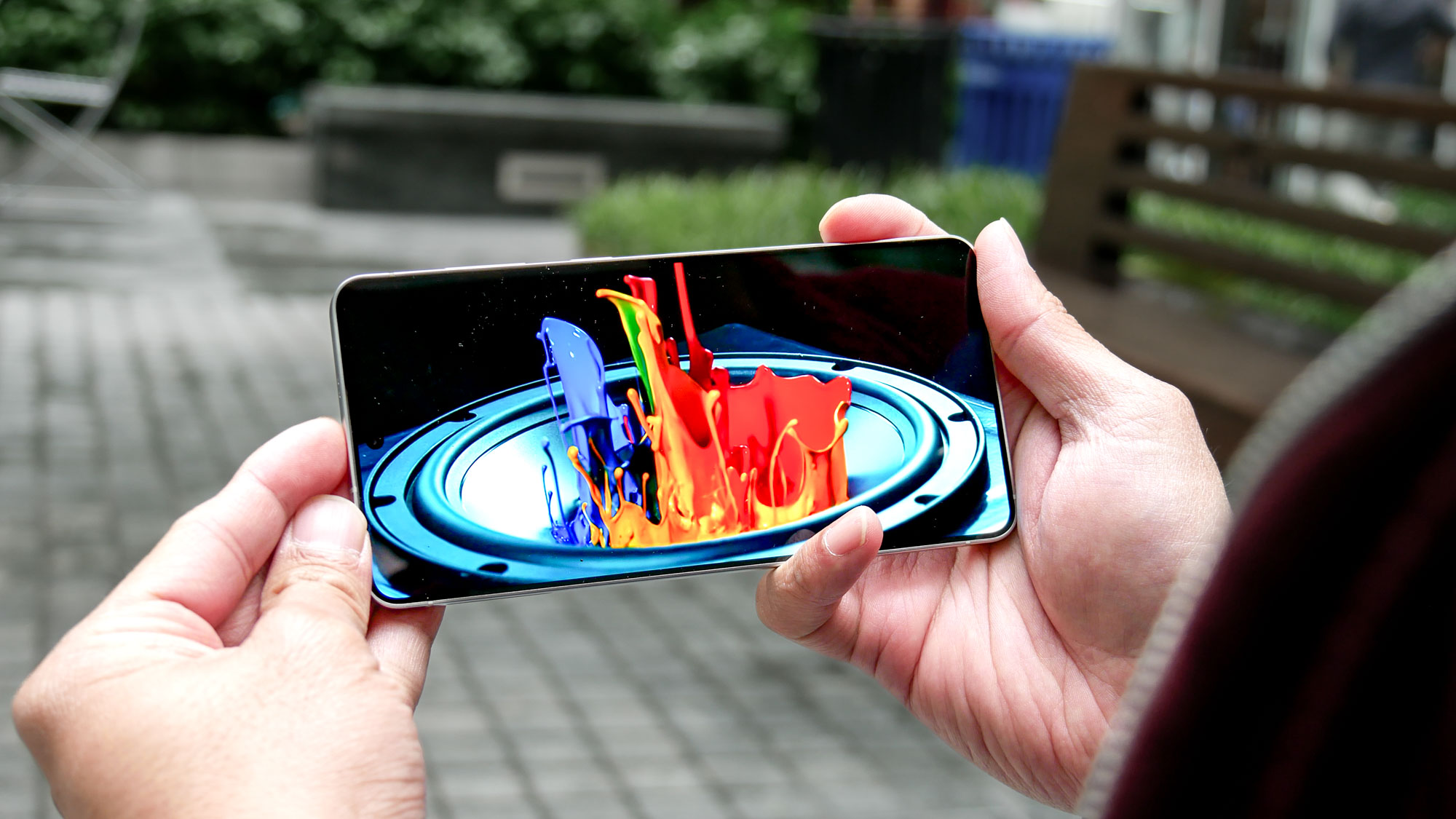
While Apple can't take its eyes off those areas, there's at least one way for the iPhone 17 Air to establish its superiority over the Galaxy S25 Edge right out of the gate. And it all comes down to battery life.
In the greater scheme of things, the Galaxy S25 does a decent job lasting a long time on a charge. In our test, where we have phones surf the web over cellular until they run out of battery, the Galaxy S25 Edge held out for 12 hours and 24 minutes — about 2 hours longer than the average phone.
But the Galaxy S25 Edge does not aspire to be just an average phone. It's a premium device with a price tag to match. And compared to other premium phones, it doesn't have the best phone battery life — especially if you limit the comparison to Samsung flagships.
Phone | Battery size | Batter life (Hrs:Mins) |
Samsung Galaxy S25 Edge | 3,900 mAh | 12:24 |
Samsung Galaxy S25 | 4,000 mAh | 15:43 |
Samsung Galaxy S25 Plus | 4,900 mAh | 16:55 |
Samsung Galaxy S25 Ultra | 5,000 mAh | 17:14 |
iPhone 16 | 3,561 mAh | 12:43 |
iPhone 16 Plus | 4,674 mAh | 16:29 |
iPhone 16 Pro | 3,582 mAh | 14:02 |
iPhone 16 Pro Max | 4,685 mAh | 17:17 |
The Galaxy S25, which costs $300 less than the Edge, lasts ore than 3 hours longer on our battery test. And that's on the lower end of battery life for the Galaxy S25 series — the Galaxy S25 Plus and Galaxy S25 Ultra both hover around 17 hours.
And that's the opportunity for Apple. If it can find a way for the iPhone 17 Air to not just last longer on a charge than the Galaxy S25 Edge but to handily outlast it, Apple can lay claim to offering the superior ultra-thin handset.
Apple's challenge with the iPhone 17 Air
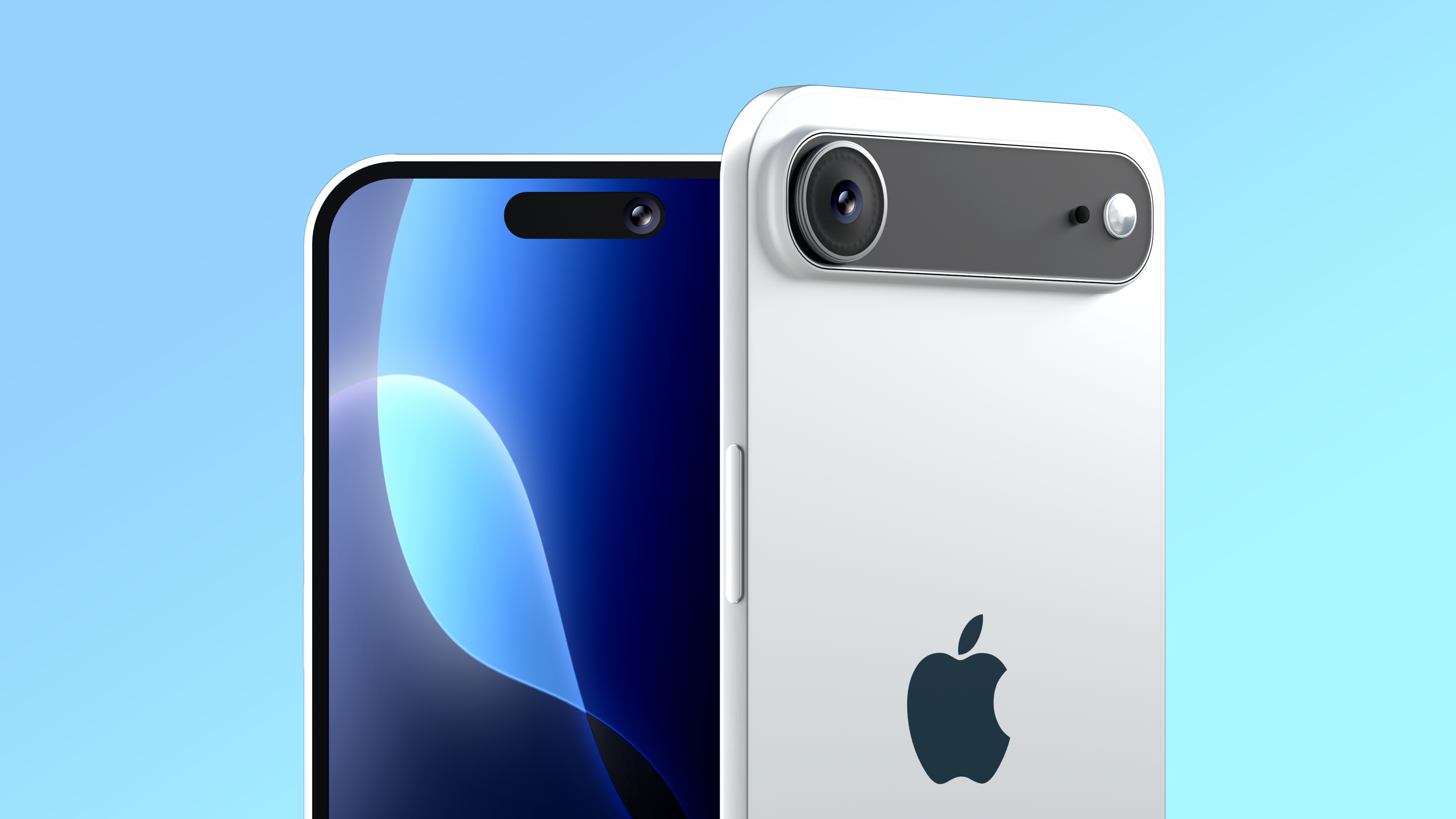
The trouble is, the same space limitations that forced Samsung to use a 3,900 mAh battery for the S25 Edge will also apply to the iPhone 17 Air. According to rumors, Apple will turn to a 2,800 mAh battery for its upcoming phone.
For context, the most compact current iPhone — the iPhone 16 — features a 3,561 mAh power pack.
There are ways around that limited battery size. For starters, Apple's phones don't feature huge batteries compared to their Android counterparts, relying instead on the power management features of Apple's custom-designed silicon.
As an example, the iPhone 16 Pro Max features a 4,685 mAh battery, compared to a 5,000 mAh cell in the Galaxy S25 Ultra. Yet, that iPhone edges ahead of the Ultra on our battery test by a few minutes.
Apple also may have some tricks up its sleeve with the iPhone 17 Air. The iOS 26 update coming this fall introduces an adaptive power mode feature that taps into AI to extend a device's battery life.
That should help out the iPhone 17 Air, as would a rumored switch to a denser silicon carbon battery. And the Apple-built C1 modem likely to wind up inside the iPhone 17 Air is said to be more power-efficient as well.
iPhone 17 Air outlook
Better battery life would certainly help the iPhone 17 Air outshine the Galaxy S25 Edge. A more affordable price than the $1,099 starting price for Samsung's phone would help, too, though the rumors don't give us much guidance on what Apple's planning there.
I'd hope to see the iPhone 17 Air cost less than $1,000 with Apple's iPhone 17 Pro model commanding the higher price, but we're likely not going to hear more definitive rumors until we get closer to the fall launch date.
Until that happens, I'm going to be keeping an eye out for additional iPhone 17 Air rumors to look for any clues as to how Apple can compete with Samsung on the ultra-thin phone front. But a big opportunity is already out there for all to see with those battery test numbers.
More from Tom's Guide
- Samsung Galaxy S25 Edge vs. iPhone 17 Air
- iPhone 17 colors: Here's what's rumored for this fall's new iPhones
- Samsung and Apple are the wrong brands to make thin phones — here's why
Philip Michaels is a Managing Editor at Tom's Guide. He's been covering personal technology since 1999 and was in the building when Steve Jobs showed off the iPhone for the first time. He's been evaluating smartphones since that first iPhone debuted in 2007, and he's been following phone carriers and smartphone plans since 2015. He has strong opinions about Apple, the Oakland Athletics, old movies and proper butchery techniques. Follow him at @PhilipMichaels.
You must confirm your public display name before commenting
Please logout and then login again, you will then be prompted to enter your display name.

